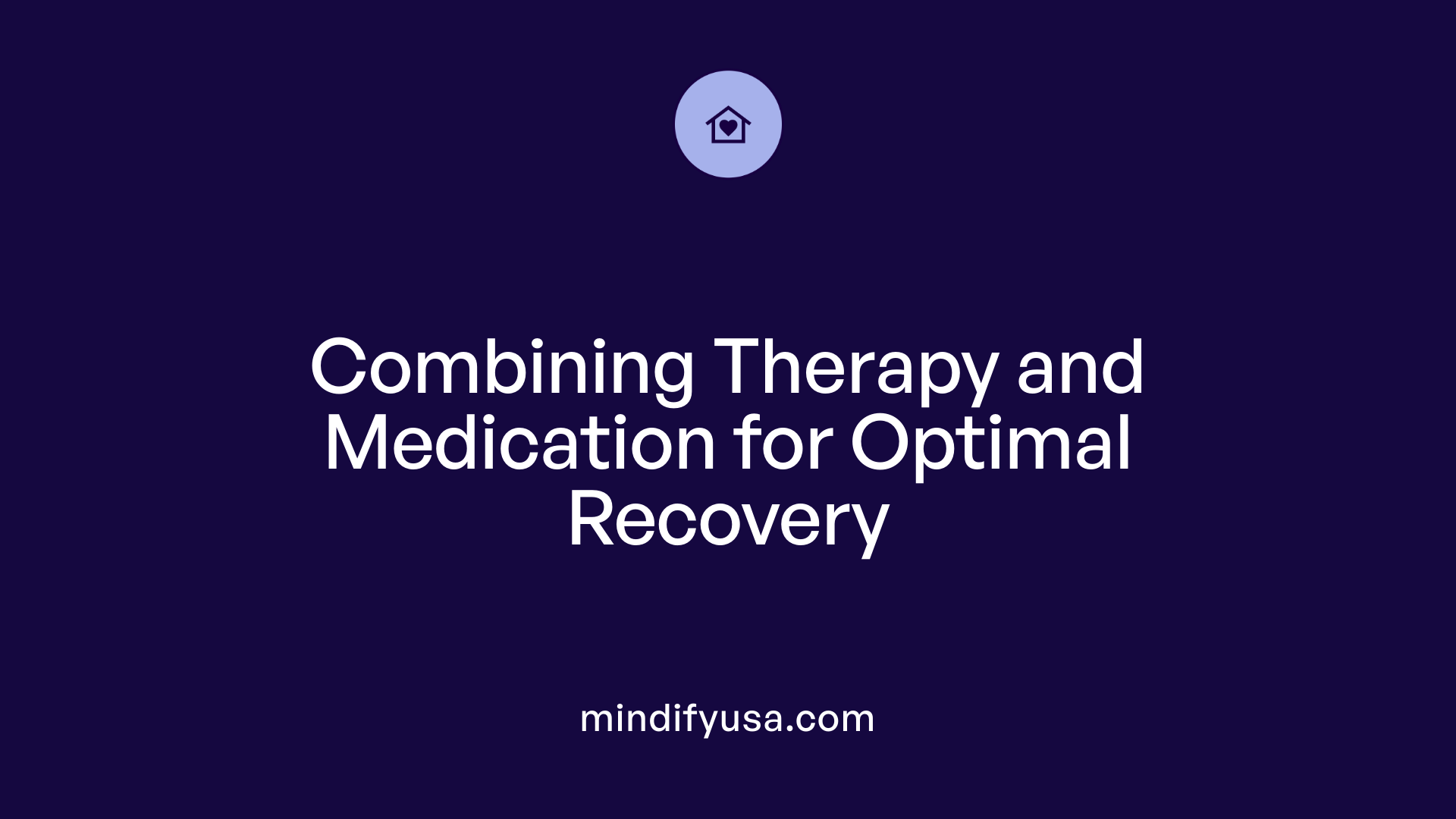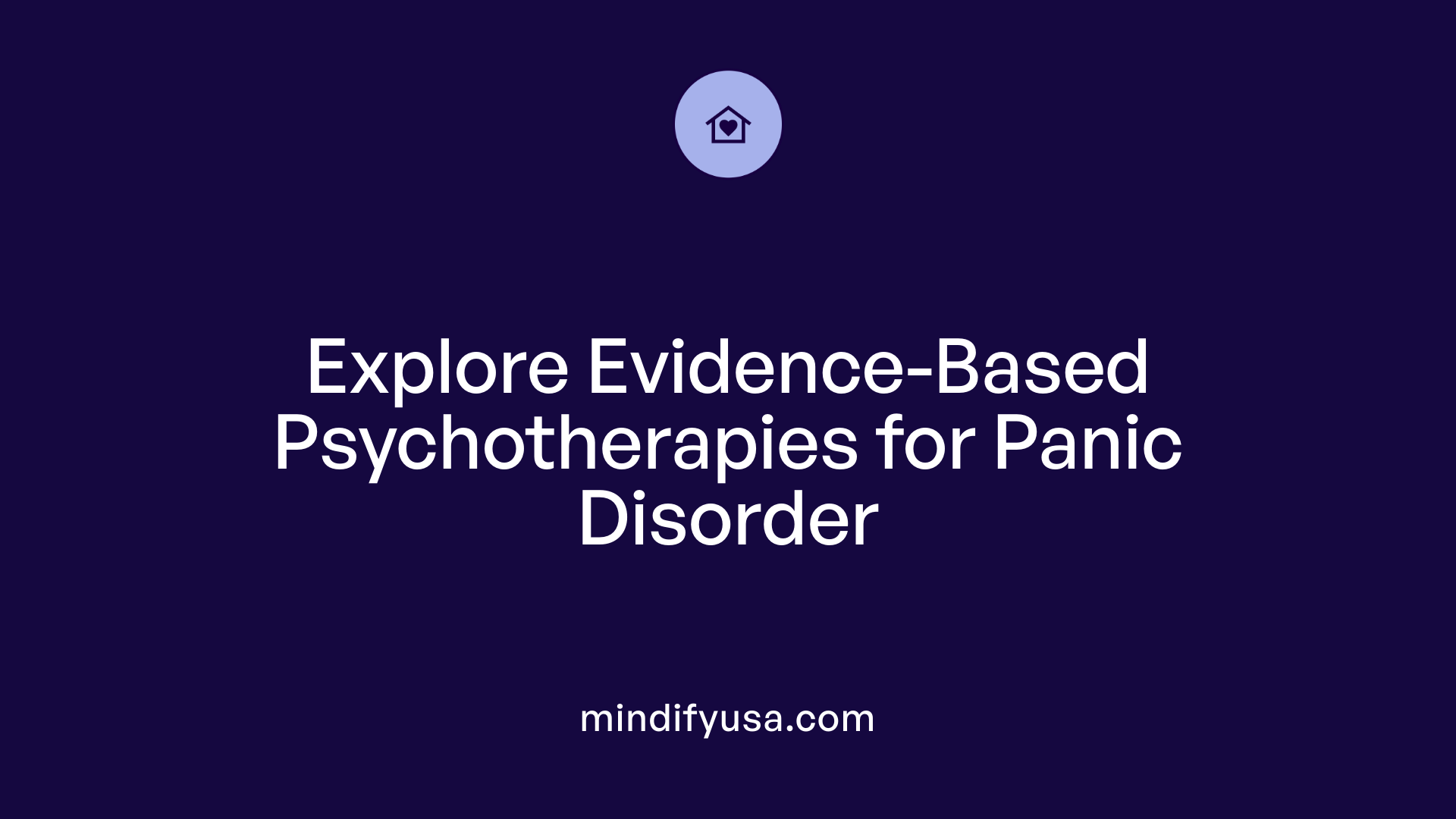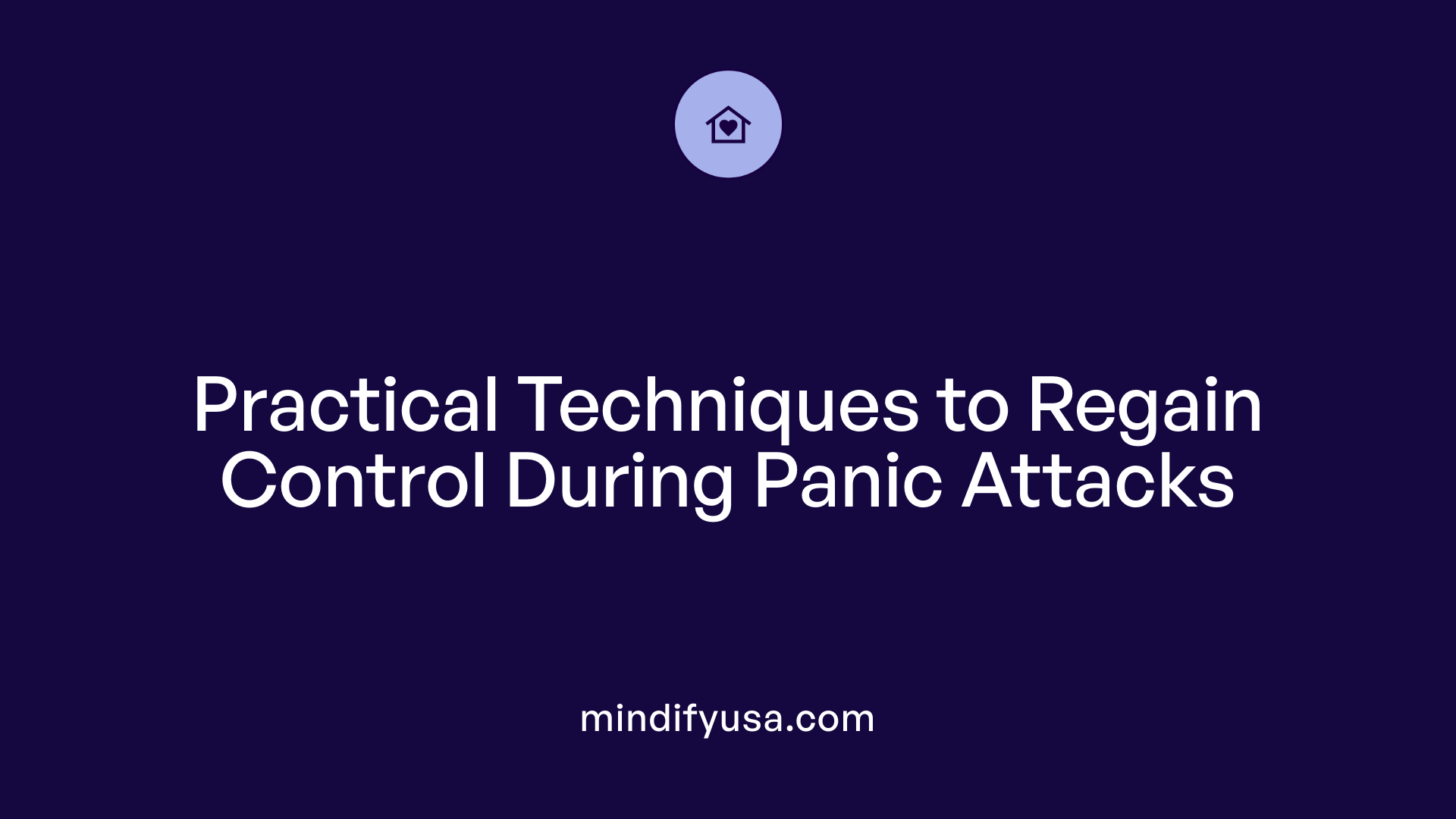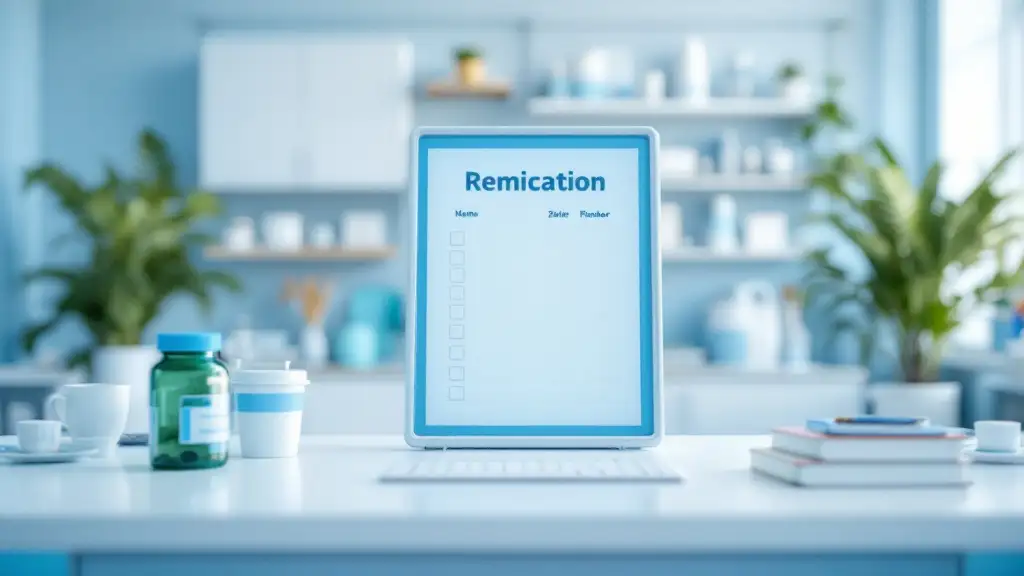Understanding and Treating Panic Disorder: An Overview
Panic disorder is a condition characterized by recurrent, unexpected panic attacks that can significantly impair an individual's quality of life. Effective treatment involves a combination of psychotherapy, medication, and lifestyle modifications. This article explores the evidence-based approaches used to treat panic disorder, including therapeutic techniques, pharmacological options, and strategies to manage symptoms effectively.
Comprehensive Treatment Options for Panic Disorder

What are the main treatment options for panic disorder?
Treating panic disorder involves a variety of approaches, mainly focusing on psychological therapies and medication. Cognitive-behavioral therapy (CBT) is widely regarded as the most effective non-drug treatment. It helps individuals alter negative thought patterns, confront fears through exposure techniques, and develop better coping mechanisms.
Medications also play a crucial role. Selective serotonin reuptake inhibitors (SSRIs) like fluoxetine and sertraline are considered first-line drugs and have been proven effective in decreasing the frequency and intensity of panic attacks. Anti-epilepsy medications such as pregabalin, and in some cases benzodiazepines, are also used. Benzodiazepines can provide rapid symptom relief but are typically recommended only for short-term use due to risks of dependence.
Combining therapy with medication often yields the best outcomes, especially for those with severe or persistent symptoms. The combination not only helps reduce panic attacks but also prevents relapse and improves overall functioning.
Supportive self-help strategies can complement professional treatments. Techniques such as deep breathing, mindfulness, relaxation exercises, and lifestyle modifications like adequate sleep and healthy diet can help manage symptoms.
Support groups and educational resources from healthcare providers can empower individuals with knowledge and social support, further aiding their recovery process.
Therapeutic Techniques in Panic Disorder Management

What therapeutic techniques are used to treat panic disorder?
Treating panic disorder effectively involves a combination of psychological therapies and medication management. Cognitive-behavioral therapy (CBT) stands out as the most widely recommended and evidence-backed psychotherapeutic approach. CBT helps individuals understand the connection between their thoughts, emotions, and physical sensations, enabling them to challenge and change maladaptive thinking patterns related to their panic symptoms.
A crucial element of CBT in panic disorder is interoceptive exposure. This technique involves deliberately inducing physical sensations similar to those experienced during panic attacks—such as increased heart rate or dizziness—in a controlled environment. Over time, this exposure helps reduce the fear of these sensations and decreases avoidance behaviors.
In addition to exposure techniques, relaxation exercises and breathing training are vital components. Deep breathing, progressive muscle relaxation, and mindfulness practices help control physiological symptoms like rapid heartbeat, sweating, and hyperventilation, offering immediate relief during attacks and fostering long-term coping skills.
While psychotherapy forms the core of treatment, medications play a supportive role. Selective serotonin reuptake inhibitors (SSRIs) and serotonin-norepinephrine reuptake inhibitors (SNRIs) are often prescribed to reduce the frequency and severity of panic attacks. Benzodiazepines may be used for rapid symptom relief but are generally limited to short-term use due to risks of dependence.
A personalized treatment plan that integrates these psychotherapy techniques with appropriate medication can lead to substantial improvement, decreasing panic attack frequency and enhancing overall functioning. The combination approach offers a comprehensive strategy to manage symptoms and improve quality of life for those affected by panic disorder.
Medications in the Treatment of Panic Disorder
What are common medications used to treat panic disorder?
Managing panic disorder often involves medications that help reduce the frequency and severity of panic attacks. The most widely used are selective serotonin reuptake inhibitors (SSRIs), including fluoxetine, paroxetine, and sertraline. These drugs are considered first-line options because they are effective and tend to have fewer side effects compared to older medications.
In addition to SSRIs, serotonin-norepinephrine reuptake inhibitors (SNRIs) like venlafaxine are also approved for treating panic disorder. These can be beneficial, especially if SSRIs are not suitable or do not provide adequate relief.
For quick symptom control, benzodiazepines such as alprazolam and clonazepam are used. They work rapidly to calm acute panic symptoms but are usually prescribed for short-term use due to risks of dependence and tolerance.
In cases where SSRIs and SNRIs are ineffective or not tolerated, tricyclic antidepressants (TCAs) like imipramine and clomipramine may be considered. Although effective, TCAs often have more side effects, making them a less preferred option.
| Medication Class | Examples | Purpose & Considerations | Side Effect Potential |
|---|---|---|---|
| SSRIs | Fluoxetine, Paroxetine, Sertraline | First-line treatment options, effective for long-term symptom management | Nausea, headache, sleep disturbances |
| SNRIs | Venlafaxine | Alternative to SSRIs, suitable for some patients | Similar to SSRIs, can cause increased blood pressure |
| Benzodiazepines | Alprazolam, Clonazepam | Rapid relief of panic symptoms, short-term use recommended | Dependence, drowsiness |
| Tricyclic Antidepressants | Imipramine, Clomipramine | Used if SSRIs/SNRIs are not tolerated or ineffective | Dizziness, weight gain, dry mouth |
Side effects and onset of action
SSRIs and SNRIs typically take several weeks—usually 2 to 4 weeks—to start reducing panic symptoms. Patients might experience initial side effects such as headaches, nausea, or sleep difficulties, which often improve over time.
Benzodiazepines act quickly, often within minutes to hours, providing immediate relief from acute panic symptoms. However, due to their risk for dependence, they are recommended for short-term use and under careful medical supervision.
Understanding the onset and potential side effects helps ensure appropriate medication management and improves treatment outcomes.
Guidelines and Evidence-Based Practice in Panic Disorder Management

Are there evidence-based guidelines for managing panic disorder?
While there are no single, universally endorsed formal guidelines solely dedicated to panic disorder, clinical practice and research strongly endorse a combined approach of psychological therapies and medications. The most consistent evidence supports the use of cognitive-behavioral therapy (CBT), which effectively reduces the frequency and severity of panic attacks. CBT typically involves techniques such as interoceptive exposure to confront physical sensations associated with panic and cognitive restructuring to challenge negative beliefs.
Pharmacologically, selective serotonin reuptake inhibitors (SSRIs) are regarded as the first-line medication for panic disorder, supported by guidelines from organizations like NICE and the American Psychiatric Association. SSRIs, such as fluoxetine or sertraline, take several weeks to show full effectiveness but are generally well tolerated. Serotonin-norepinephrine reuptake inhibitors (SNRIs), like venlafaxine, are also recommended and have similar efficacy.
Treatment plans are usually personalized, often combining medication with psychotherapy to enhance long-term outcomes. Short-term use of benzodiazepines can assist with acute symptoms but are not suitable for long-term management due to risks of dependence.
Long-term treatment and ongoing monitoring are crucial, as about 45% of patients may not respond fully to initial therapy, necessitating adjustments or alternative strategies. Regular assessment of symptom progress allows clinicians to modify treatment to ensure the best possible results.
In summary, although formal guidelines may differ across institutions, the core message from the evidence base advocates for comprehensive, patient-tailored management involving CBT, medications like SSRIs and SNRIs, and close monitoring to support recovery and prevent relapse.
Managing Panic Attacks: Strategies and Techniques

What strategies can help manage panic attacks effectively?
Managing panic attacks involves a variety of techniques that can help individuals regain control and reduce the intensity of symptoms. One practical approach is grounding techniques such as the 3-3-3 rule. This method encourages focusing on the present by identifying three objects nearby, listening for three different sounds, and moving three different body parts. Such actions divert attention away from panic sensations and help calm the mind.
Deep breathing exercises are also highly effective. Techniques like the 4-7-8 breathing method—inhale for four seconds, hold for seven seconds, and exhale slowly for eight seconds—help regulate breathing and decrease feelings of panic.Furthermore, mindfulness and relaxation strategies, including progressive muscle relaxation and guided imagery, can significantly lower anxiety levels during an attack.
In addition to these immediate techniques, maintaining healthy lifestyle habits can bolster resilience. Regular physical activity, adequate sleep, nutritious diet, and limiting caffeine and alcohol intake contribute to overall mental health.
Journaling about panic episodes may also help individuals identify triggers and develop coping responses over time. These self-help measures are most effective when used as part of a comprehensive treatment plan involving therapy or medication if necessary.
For those experiencing frequent or severe panic attacks, consulting healthcare professionals is essential. Personalized treatment, combining strategies with appropriate therapy, can provide sustained relief and improve daily functioning.
The Significance of Lifestyle and Support in Panic Disorder Management
What additional support strategies help manage panic disorder?
Managing panic disorder involves more than just medication and therapy. Lifestyle choices and support networks play a crucial role in reducing symptoms and promoting overall well-being.
Healthy habits such as getting enough sleep, maintaining a balanced diet, and engaging in regular physical activity are fundamental. Exercise, in particular, helps reduce anxiety levels and improve mood. Avoiding stimulants like caffeine and alcohol, which can trigger or worsen panic attacks, is also recommended.
In addition to lifestyle adjustments, mindfulness and relaxation techniques—such as meditation, yoga, and deep breathing exercises—can be highly effective. These practices help calm the nervous system and increase stress resilience.
Connecting with support groups can provide emotional comfort and shared understanding. Sharing experiences with others facing similar challenges reduces feelings of isolation and offers practical coping strategies. Support groups foster a sense of community and encourage ongoing encouragement from peers.
Furthermore, education about panic disorder is vital. Providing patients with reliable information enables them to better understand their condition and adhere to treatment plans. Open communication with healthcare providers allows early recognition of symptoms and timely intervention.
Together, these supportive strategies complement professional treatments, helping individuals manage their symptoms more effectively and improve quality of life.
Long-Term Outlook and the Future of Panic Disorder Treatment

Are there emerging treatments and hope for treatment-resistant panic disorder?
Research and development in the field of panic disorder have brought promising new options for individuals who do not respond well to current therapies. Several novel pharmacological agents are under investigation, aiming to improve treatment outcomes and reduce side effects.
Emerging medications include duloxetine, an SNRI known for its efficacy in mood disorders, which shows promise for panic disorder. Reboxetine, a selective norepinephrine reuptake inhibitor, and mirtazapine, a noradrenergic and specific serotonergic antidepressant, are also being studied for their potential benefits.
Nefazodone, a serotonin antagonist and reuptake inhibitor (SARI), and risperidone, an atypical antipsychotic, are additional options under review. These drugs offer hope for those with resistant symptoms due to their different mechanisms of action.
Inositol, a naturally occurring compound, has shown some positive effects in small studies, providing a relatively safe supplement option.
Some experimental agents like LY354740, a type II metabotropic glutamate receptor (mGluR2/3) agonist, demonstrate faster onset of action and fewer side effects, making them attractive future options. Levetiracetam, an antiepileptic medication, is also showing potential, particularly for more severe or refractory cases.
These innovations are part of a broader effort to develop targeted treatments that address the complex biological, psychological, and environmental factors involved in panic disorder.
Clinical trials continue to play a critical role in evaluating the safety and effectiveness of these agents. If successful, they could significantly expand the pharmacological toolkit, offering hope for individuals who have experienced treatment failure with existing drugs.
Importantly, advances in personalized medicine — tailoring treatments based on genetic, biological, or psychological profiles — may further improve long-term outcomes. As research progresses, the goal remains to create safer, faster-acting, and more effective therapies, ultimately leading to better quality of life for those affected by treatment-resistant panic disorder.
Bringing Hope Through Informed Treatment Choices
Panic disorder is a manageable condition with evidence-based treatments tailored to individual needs. A combination of cognitive-behavioral therapy, appropriate medications, lifestyle modifications, and ongoing support can significantly reduce the frequency and severity of panic attacks, improving quality of life. Advances in research and emerging therapies offer hope for even more effective options in the future. Individuals diagnosed with panic disorder are encouraged to work closely with healthcare professionals to develop a comprehensive treatment plan aimed at long-term recovery and resilience.
References
- Panic attacks and panic disorder - Diagnosis and treatment
- Treatment of Panic Disorder | AAFP
- Panic Disorder: What You Need to Know
- Panic Attacks & Panic Disorder: Causes, Symptoms & Treatment
- Medication and talk therapy may help with panic disorders
- Pharmacological Therapy in Panic Disorder: Current Guidelines and ...
- Panic Disorder Treatment - Verywell Mind
- Panic Disorder Treatment & Management - Medscape Reference
- Overcoming Panic Disorder - Brigham and Women's Hospital Giving






































































































